(BPT) – “What’s for dinner tonight?” It’s a question we ask ourselves almost every day. We typically stick to our comfort zone when it comes to cooking, relying on the handful of meals we’ve mastered at home. But the dinner rut struggle is real.
While the thought of cooking Asian food at home can be intimidating (What does hoisin mean? Is pan-fry the same as stir-fry?), learning some simple basics can open up a whole new world of flavors and dinner options that are anything but boring.
Whether you’re looking to awaken your taste buds or perhaps overcome your fear of cooking at home, Christopher Wilmoth, executive chef at Lee Kum Kee and chili pepper connoisseur, shares five easy ways to experiment with bold Asian flavors at home.
1. Mouthwatering mash-ups
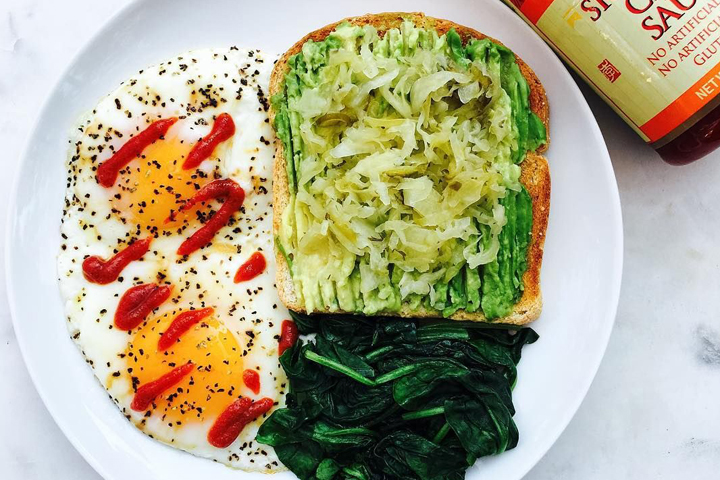
Now more than ever, people want to experiment with different and adventurous flavors in their everyday meals. “I grew up in a large family that bonded in the kitchen,” Wilmoth says. “We all love warm soups and stews in the winter and big, bold-flavored salads during spring and summer.” Make simple swaps to achieve maximum flavor; for example, adding Chiu Chow Chili Oil (dried chili peppers and garlic blended with soy bean oil) to hummus, soup or even mac and cheese can add depth to a dish. Another idea is to incorporate Sriracha Chili Sauce to your balsamic dressing, chicken or tuna salad for an added punch. “I often drizzle it on any savory breakfast meal that has eggs and fried potatoes,” Wilmoth says.
2. Wok the walk
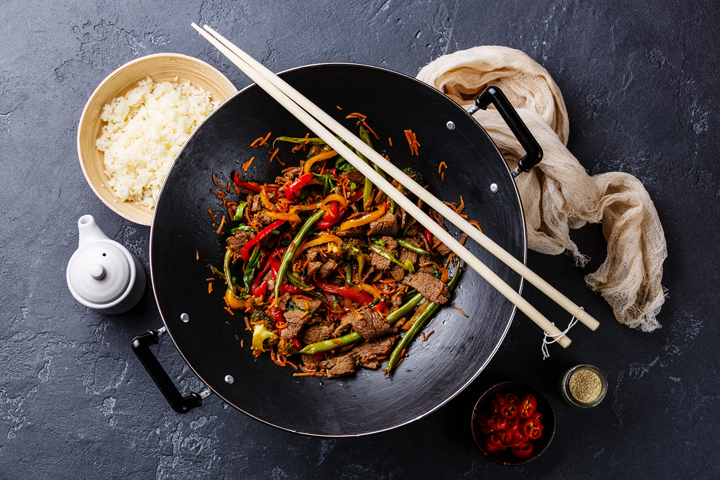
Invest in a wok, a traditional Chinese frying pan with a curved shape that delivers high heat retention and requires little oil. The wok is a versatile, durable and functional tool that will go a long way in your kitchen; not only will you be able to make amazing stir-fry, but you can use it for deep-frying, steaming and indoor smoking. Plus, the meal presentation will impress your friends at your next dinner party. “When cooking with the wok, make sure you allow your product to get the ‘wok hay,’ aka the breath of fire,” Wilmoth says. “Cook until there’s a light char on your protein and vegetables and finish the dish with flavored oil, such as sesame oil for a toasted finish or chili oil if you enjoy a spicier note.”
3. Swap salt for soy sauce
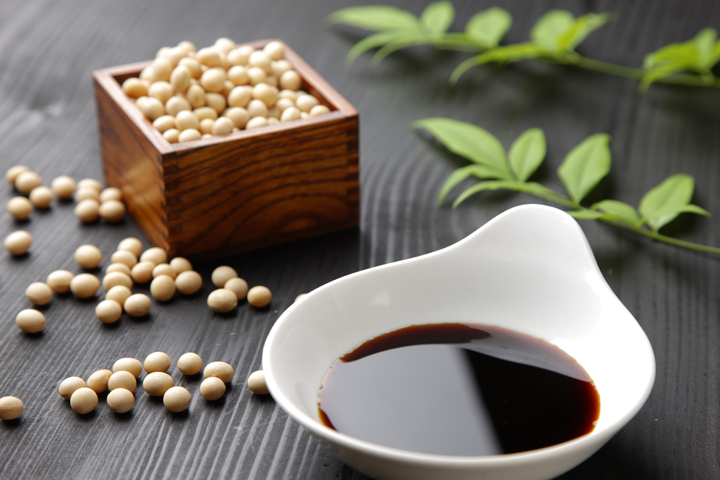
Amp up savory dishes with soy sauce instead of salt. “When you replace salt with soy sauce you add the rich flavor of fermentation, which heightens the flavors of the other ingredients,” Wilmoth says. If you’re limiting your salt intake, opt for a less sodium soy sauce that contains 40 percent less sodium, yet will still provide rich soy flavor and aroma to your dishes. Instant dinner idea: Combine soy sauce, honey and miso paste to make a sticky glaze for salmon fillets. “Salmon is one of my favorite fishes. I pan sear it until the surface is crispy and also crisp up the salmon skin,” Wilmoth says. Is your mouth watering yet?
4. Diversify your dish
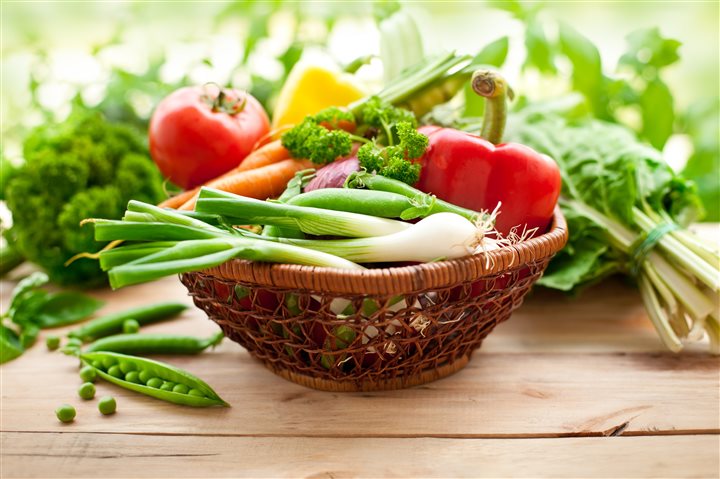
Use a variety of meats and vegetables in your dishes, so there’s an interesting mix of flavors, textures and colors. Wilmoth’s tip: Try to keep your protein to 25 to 30 percent of your dish and fill the remaining with lots of fresh-cut vegetables. “Look for local produce that’s in season to get the best value and flavor. I’m fortunate enough to travel around the world and have seen that most people cook what is grown and picked that morning,” Wilmoth says. An easy way to experiment with different flavors is by making a stir-fry. Simply sauté a mix of your favorite vegetables with garlic and soy sauce, and voila, you’ve made dinner in less than 20 minutes. “Add chopped basil, mint or cilantro to add a flavor burst,” Wilmoth explains.
5. Think beyond basic barbecue
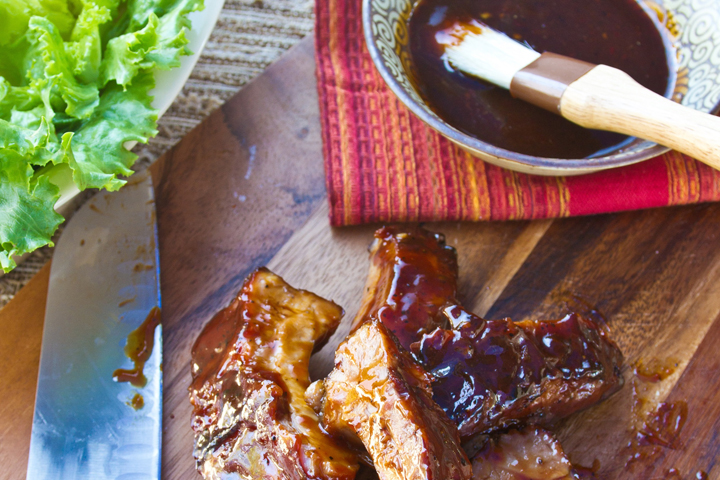
Summer marks the start of grilling season. Consider swapping out your traditional barbecue sauce for hoisin sauce (a delicious sweet sauce made from selected spices, soybeans and sweet potatoes) and/or oyster-flavored sauce (specially made from the finest oyster extracts), which are ideal marinades for chicken, beef and pork. The umami flavor in hoisin and oyster sauce also pairs well with the smoky notes you get from a charcoal grill. Wilmoth recommends taking advantage of citrus fruits to take things to the next level. “Using oranges, lemons and limes can bring a nice amount of acidity to the dish, which helps to balance out the richness of barbecued meats.”






